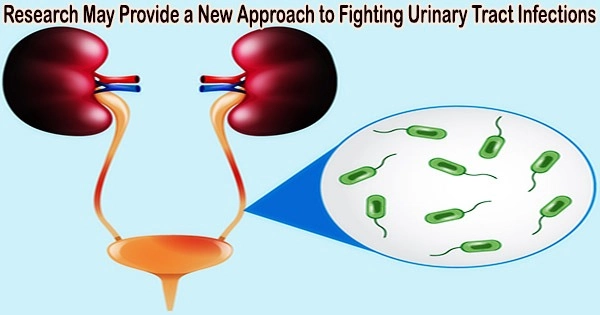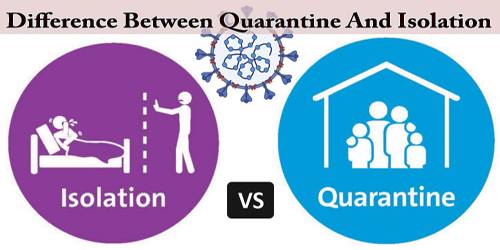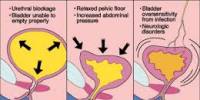A urinary tract infection (UTI) is an infection that affects any part of the urinary system, which includes the kidneys, bladder, ureters, and urethra. UTIs are commonly caused by bacteria entering the urinary tract, although they can also be caused by viruses or fungi.
The dynamic processes that take place during urinary tract infections (UTI), which are thought to be the most prevalent type of infection, have been identified.
The course of events during a UTI maintains a delicate balance between actions taken to get rid of the bacteria and those taken to reduce any potential tissue damage, according to research from Baylor College of Medicine and Washington University School of Medicine.
By controlling both the potential damage to tissues and the bacterial eradication, the NRF2 pathway stood out as a significant contributor to this equilibrium. The FDA-approved anti-inflammatory medicine dimethyl fumarate (DMF), a known NRF2 activator, reduced tissue damage and bacterial burden in an animal model of UTI, raising the possibility that DMF might one day be utilized to treat this ailment.
The study appears in the journal Cell Reports.
“Urinary tract infections are not only common, but typically recurrent and tend to give rise to antibiotic-resistant bacteria, a serious medical concern,” said corresponding author Dr. Indira Mysorekar, E. L. Wagner Endowed Professor of Medicine- infectious diseases at Baylor, previously at Washington University School of Medicine.
The most exciting part about this work was identifying a non-antibiotic-based therapy that contained the infection and reduced inflammation. Although much work is needed before it reaches the clinic, treatment with DMF has the potential of helping millions of women affected by this condition.
Dr. Indira Mysorekar
“More than 85% of UTI are caused by uropathogenic E. coli (UPEC), bacteria that can attach to the surface of the epithelial cells lining the inside of the bladder, called urothelial cells,” said first author Dr. Chetanchandra S. Joshi, a postdoctoral associate in the Mysorekar lab. “Attached UPEC can then enter the urothelial cells, where they reproduce. In the current study, we looked at how urothelial cells fight back UPEC invasion and proliferation while preserving their integrity, which is essential for proper bladder function.”
A dynamic balance of responses
Working with urothelial cells grown in the lab, Mysorekar, Joshi and their colleagues discovered that a precise sequence of events followed UPEC invasion of urothelial cells.
Urothelial cells first defended themselves by creating reactive oxygen species (ROS), extremely active substances that destroy bacteria, in the early hours following their invasion. On the other hand, persistent ROS can harm urothelial cells, which would be bad for the bladder.
“We found that accumulation of ROS activated an anti-ROS response in urothelial cells, called the NRF2 pathway, that minimized the damage excess ROS could cause to the urothelial cells,” Joshi said.
The NRF2 protein is located in the cytoplasm of the cells bound to another protein called KEAP1. “When ROS reaches a certain level, NRF2 separates from KEAP1 and goes into the nucleus of the cell, where it activates a series of genes. Some of these genes produce proteins that block ROS, and some that limit inflammation,” Joshi said.
“Interestingly, one of the genes NRF2 activates is Rab27b, which promotes the elimination of UPEC from urothelial cells,” Joshi said. “Together, these coordinated events mediate the elimination of UPEC while preserving the integrity of the cells attacked by the bacteria.”
A potential new way to combat UPEC
Understanding the process that follows a UPEC infection revealed a potential new strategy to combat the condition. “We learned that active NRF2 was involved in both neutralizing ROS, which helped protect urothelial cells, and eliminating UPEC,” Joshi said. “These findings suggested that a drug that activated NRF2, such as DMF, might help clear UPEC infections.”
DMF is FDA-approved to treat inflammatory conditions such as multiple sclerosis by dampening the inflammatory response.
“Working with an animal model of UTI, we showed that treatment with DMF activated NRF2, dampened the immune response, limited the level of damage the bacteria caused to urothelial cells, and promoted activation of RAB27B, which removed bacteria from the bladder,” Mysorekar said. “Our findings support further exploration of this approach as a potential treatment for UTI.”
Recurrent UTIs are more common in women, and they can result in persistent infection, significant bladder mucosal damage, and chronic inflammation. Continued antibiotic use also encourages the growth of bacteria that are resistant to antibiotics and has a negative impact on the microbiome, or ‘good bacteria,’ of the body.
“The most exciting part about this work was identifying a non-antibiotic-based therapy that contained the infection and reduced inflammation,” said Mysorekar, who also is professor of molecular virology and microbiology at Baylor. “Although much work is needed before it reaches the clinic, treatment with DMF has the potential of helping millions of women affected by this condition.”
Other contributors to this work include Amy Mora and Paul A. Felder, formerly at Washington University School of Medicine.
















